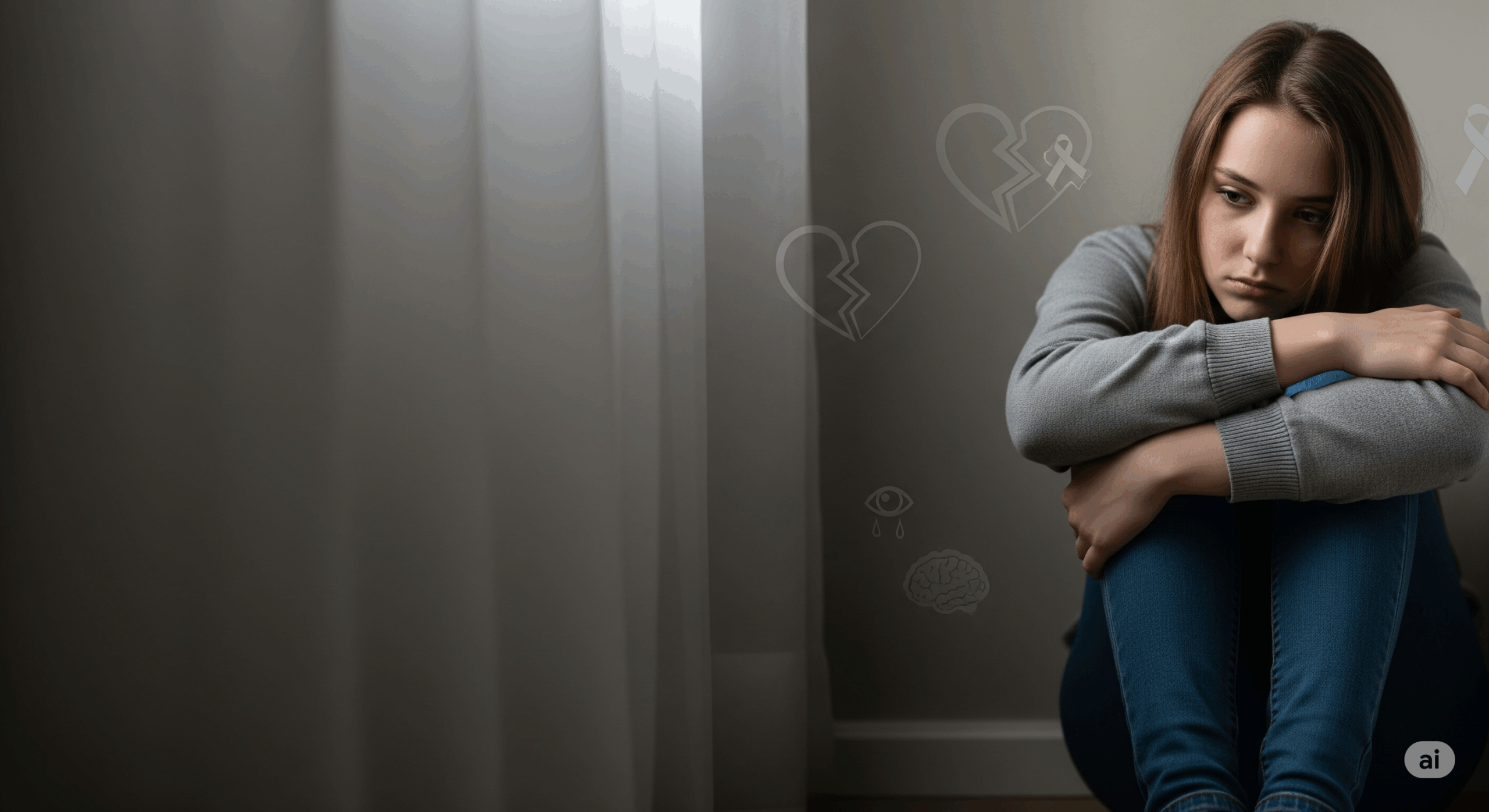Teen mental health is facing new challenges in today’s fast-moving digital world. With platforms like Instagram, TikTok, and Snapchat dominating daily life, teens are spending more time online than ever before. While social media offers connection and creativity, it also raises serious concerns for emotional well-being. From anxiety and comparison to cyberbullying and sleep issues, the impact on teen mental health is real and growing. In this post, we explore how social media is shaping teen mental health and what parents, educators, and teens themselves can do to build healthier habits in the digital age.
How Social Media Affects Teen Mental Health
Teenagers are in a critical stage of emotional and cognitive development. During this time, social media can act as both a friend and a foe.
The Positive Side
-
Creative Expression: Platforms allow teens to showcase talents—art, music, writing, and more.
-
Social Support: Teens can build friendships and support networks, especially those who feel isolated offline.
-
Access to Information: Educational content and mental health awareness are just a scroll away.
The Negative Side
-
Comparison Culture: Teens often compare their real lives to curated, filtered versions of others, leading to low self-esteem and body image issues.
-
Fear of Missing Out (FOMO): Constant exposure to others’ “highlight reels” can increase anxiety and depression.
-
Cyberbullying: Online harassment can have deep emotional consequences.
-
Sleep Disruption: Late-night scrolling and blue light can interfere with healthy sleep cycles.
Warning Signs: When Social Media Becomes Harmful
Here are red flags that may signal a teen is struggling with unhealthy social media habits:
-
Sudden withdrawal from family or offline activities
-
Drastic mood swings after checking their phone
-
Obsessive checking of likes, comments, or messages
-
Difficulty sleeping or staying asleep
-
Drop in academic performance
-
Increased anxiety, sadness, or irritability
-
Hiding screen time or using secret accounts (“finstas”)
Recognizing these signs early is key to early intervention.
The Role of Parents, Teachers, and Guardians
Supportive adults play a huge role in guiding teens toward healthier digital habits. But rather than banning social media outright, the goal should be balance and mindful usage.
Open Communication
Create a space where teens feel safe talking about their online experiences without fear of judgment or punishment. Ask questions like:
-
“What’s your favorite app and why?”
-
“How does it make you feel when you use it?”
-
“Have you ever seen something online that made you uncomfortable?”
Set Boundaries (Together)
Collaborate to set screen time limits, device-free times (like during meals and before bed), and content filters. Use parental control tools—but always with transparency to avoid trust issues.
Promote Digital Literacy
Help teens understand how algorithms work, why some posts go viral, and how influencers are often paid to promote products. This critical thinking builds resilience against manipulation.
Encourage Offline Time
Encourage hobbies, sports, reading, and in-person connections. When teens experience fulfillment offline, their dependence on online validation decreases naturally.
Healthy Social Media Habits for Teens
-
Follow Mindfully: Unfollow accounts that trigger anxiety, comparison, or negativity. Follow those that uplift and inspire.
-
Take Breaks: Schedule regular breaks from social media—even short ones can reset mental clarity.
-
Disable Notifications: Avoid constant dopamine hits by turning off non-essential alerts.
-
Engage, Don’t Scroll: Active participation (posting, commenting meaningfully) is better than passive scrolling.
-
Practice “Digital Detox” Days: Dedicate a day or weekend each month to be completely screen-free.
-
Use Mental Health Tools: Many platforms now offer well-being reminders and time trackers—use them!
Social Media & Mental Health: What Science Says (As of 2025)
Recent studies continue to highlight both risks and benefits of social media for teens:
-
A 2024 report by the American Psychological Association (APA) found that teens who used social media more than 3 hours a day were twice as likely to show signs of depression and anxiety.
-
A 2025 UK study showed that mindful use of social media (such as journaling or consuming educational content) reduced stress levels in teens compared to aimless browsing.
-
Meta and TikTok both added “screen time dashboards” and AI-based content warnings to curb exposure to harmful content.
Takeaway: It’s not just about how much time teens spend online—but also how they use social media.
Creating a Healthier Digital Culture
We can’t expect teens to disconnect entirely—but we can guide them to build a healthier relationship with technology. Schools, governments, and tech companies all share responsibility.
-
Schools can integrate digital literacy and emotional well-being into their curriculums.
-
Platforms should improve content moderation, reduce algorithmic pressure, and promote well-being tools.
-
Parents and communities must remain engaged, empathetic, and proactive.
Conclusion: Empower, Don’t Police
In the digital age, protecting teen mental health is less about restricting access and more about building awareness, boundaries, and emotional resilience. When teens are empowered with knowledge and support, they can enjoy the best of social media—without letting it define them.
Let’s raise digitally responsible, emotionally strong young people who know how to thrive both online and offline.





